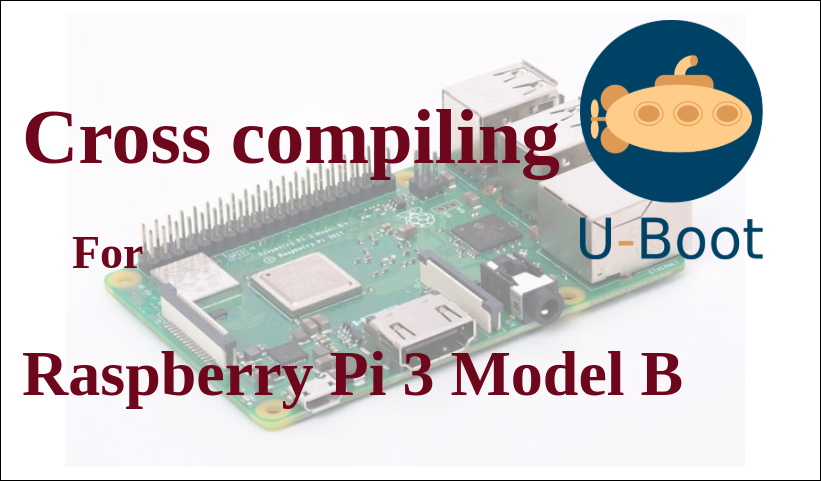

Overview Das U-Boot, often abbreviated to just U-Boot, is a bootloader commonly used on embedded systems.
#U boot raspberry pi update#
Various combinations of bootm vs bootz have also been tried, without any additional luck. Programming - programming languages that might be used on the Raspberry Pi. GitHub - takumin/rpi-uboot: Raspberry Pi U-Boot main 1 branch 3 tags Go to file Code takumin fix CONFIGBOOTDELAY 0 to -2 98d1197 on May 6 6 commits configs fix CONFIGBOOTDELAY 0 to -2 4 months ago scripts fix CONFIGBOOTDELAY 0 to -2 4 months ago u-boot e4b6ebd update u-boot v2022.04 4 months ago. I tried building a Pi 2 kernel without FDT support, but that failed to load altogether, with or without U-Boot. sudo cp u-boot.bin /mnt/boot NOTE: Raspberry Pi has its own proprietary bootloader, which is loaded by the ROM code and is capable of loading the kernel.
#U boot raspberry pi install#
Attempting to just bootz without an FDT address provided results in "Starting kernel. 4.4 Install u-boot We only need to copy the u-boot.bin binary compiled in the last step into the boot partition on the SD card. I believe I've made sure that said location does not get clobbered by other fatloads, btw. On the other hand, if I simply ask the GPU to put the processed DTB at a particular location via device_tree_addr= in config.txt, and then point the bootz command at that address, I'm told there is no FDT there, and the boot fails. The same kernel booted straight by the GPU without U-Boot fires up all four cores and gets all the way to complaining about mounting root (which is what I expect with the current setup). If, in U-Boot I simply fatload the DTB and hand it through to the kernel via bootz $ then I get a kernel which spins up a single core and then hangs about 5sec into the boot. My issue, as far as I can tell, is that the plain bcm2709-rpi-2-b.dtb on disk is not usable, but relies on the GPU to have patched its contents in RAM before handing the result to the kernel. As such I'm been banging my head on my desk* all day trying to get this to work on a Pi 2. I'm currently trying to add support for Pi 2 hardware to some of our existing projects here at $work, which all rely on U-Boot as the primary loader (post-GPU, that is).


 0 kommentar(er)
0 kommentar(er)
